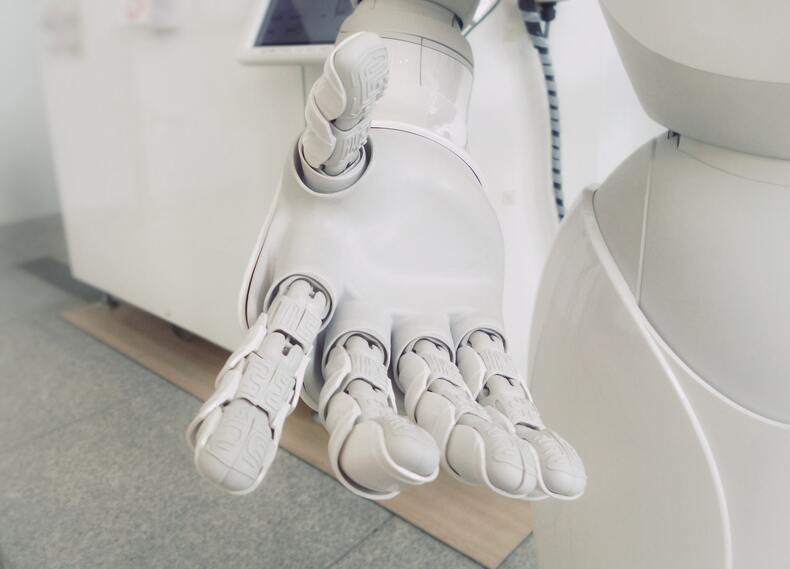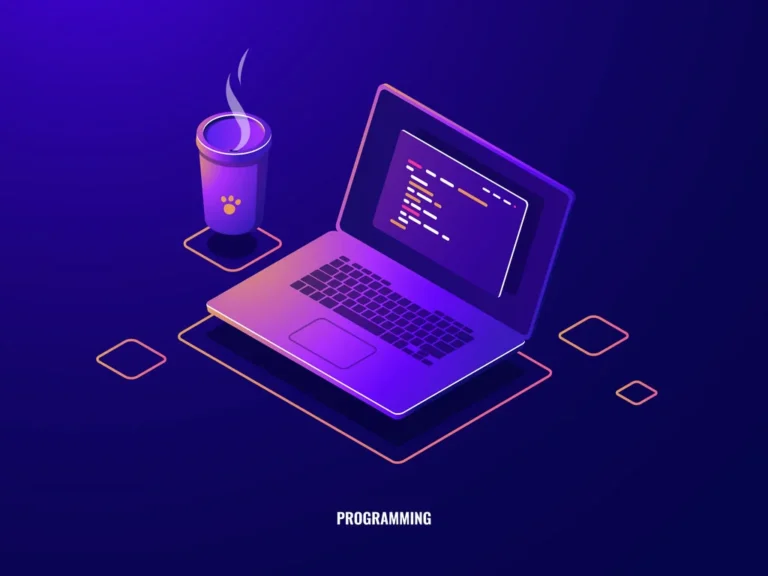Robots Are Making Robots and Everything Else Too
If someone says “robot,” in front of you, what will come to your mind? Do you envision a futuristic spaceship carrying a metallic humanoid? Perhaps you envision a dystopian future in which robot rulers enslave humanity. Or perhaps you picture an auto assembly line with robot-like machines assembling automobiles.
It does not matter what you think but there is one thing everyone is sure of and that is matter what you think: Robots will always be around.
Fortunately, it seems likely that robots will be more interested in performing dangerous or repetitive tasks than in taking control of the entire government. Let’s examine robotics, including the definition and classification of the term, the significance of AI in the field, its future, and the ways in which it will alter our lives.
The latest findings, that was published in Nature Communications Engineering, sum up years of similar research into a new system. This research shows that the robots and the projects they are assigned are made of the same subunit materials called voxels.
These are the volumetric equivalents that consist of a two-dimensional pixel. In this article, you will learn about the advancements of robots in tech and how they are making everything including clones of themselves.
The Robotics of the Future: How does AI apply to robots?
There’s nothing that these robots can’t assemble nearly — including clones of themselves. The Center for Bits and Atoms (CBA) at MIT is working on a mind-boggling new breed of fully autonomous machines that can collaborate to assemble virtually any structure or product, including larger versions of themselves as their projects grow in scope.
Man-made consciousness (artificial intelligence) increments human-robot association, coordinated effort potential open doors, and quality.
Robots that behave and think more like people may be able to fit into the workforce more easily and perform at a rate that is unmatched by human workers.
Artificial Intelligence is used by robot designers to give their creations more capabilities like:
Machine Vision: Robots are able to recognize and identify objects that they come into contact with, identify specifics, and learn how to navigate or avoid particular objects.
Navigation and Motion Control: Humans no longer need to direct robots along paths or process flows. Robots are now able to self-navigate and analyze their surroundings thanks to AI. This capability is even applicable to software’s virtual world.AI aids robot software processes in avoiding process exceptions or flow bottlenecks.
Real-World Perception and Natural Language Processing
The robot’s autonomy is increased and its reliance on humans is reduced as a result of these enhancements.
One of the recent articles published in MIT News reviewed that the earlier voxels were purely mechanical structural pieces. Now, the team has functioned on designing complex voxels that can carry both control and data from one unit to the following.
The construction of structures that are not only capable of supporting loads but also of lifting, moving, and manipulating materials—including the voxels themselves—may be made possible by this.
Can you believe these robots have the capacity to assemble almost anything, including clones of themselves? Amira Abdel-Rahman/MIT Center for Bits and Atoms The innovations also depend on the robots’ ability to know when to stop and build bigger versions of themselves in order to continue working on the project as it grows in size.
These tiny machines eventually become inefficient due to the distances they must cover. By preparing them to perceive when this occurs and when to develop essential, bigger cycles, the whole framework can scale upwards endlessly.
A Note on Software Robots
Software robots are computer programs, like chatbots or web crawlers, that carry out tasks without human intervention. Because they lack any physical characteristics, these robots cannot be considered actual because they are entirely virtual. It is important not to confuse this technology with robotic software, which controls a robot’s programming.
However, since the software is assisting the entity (robot or computer program) in performing its functions without human interaction, it is normal for there to be an overlap between the two entities.
End Product
The end product is a creation that is both the structure that was intended and the robot that made it. According to MIT, the robots themselves are made up of a string of several voxels joined together from end to end. These have attachment points on one end that allow them to grab another voxel and move it inchworm-like to the desired position, where it can be attached to the growing structure and released there.
Even though researchers say that voxel-bot systems that are completely autonomous are still “years away,” recent developments show that iterative robotics have incredible potential and could have an impact on a seemingly endless number of industries.
Building structures to protect against coastal erosion and rising sea levels as well as building 3D-printed homes and space habitats are other potential uses. Neil Gershenfeld, director of the CBA and co-author of the paper, gives the construction of jumbo jets as an illustration: In order to construct a jumbo jet, jumbo jets are required to transport its component parts.
The airplane can only be assembled in its final state. This is just one of the many things that tech has to offer to the world. If you are thinking to explore more about the progress in tech, reach out to bitalpha ai today.







